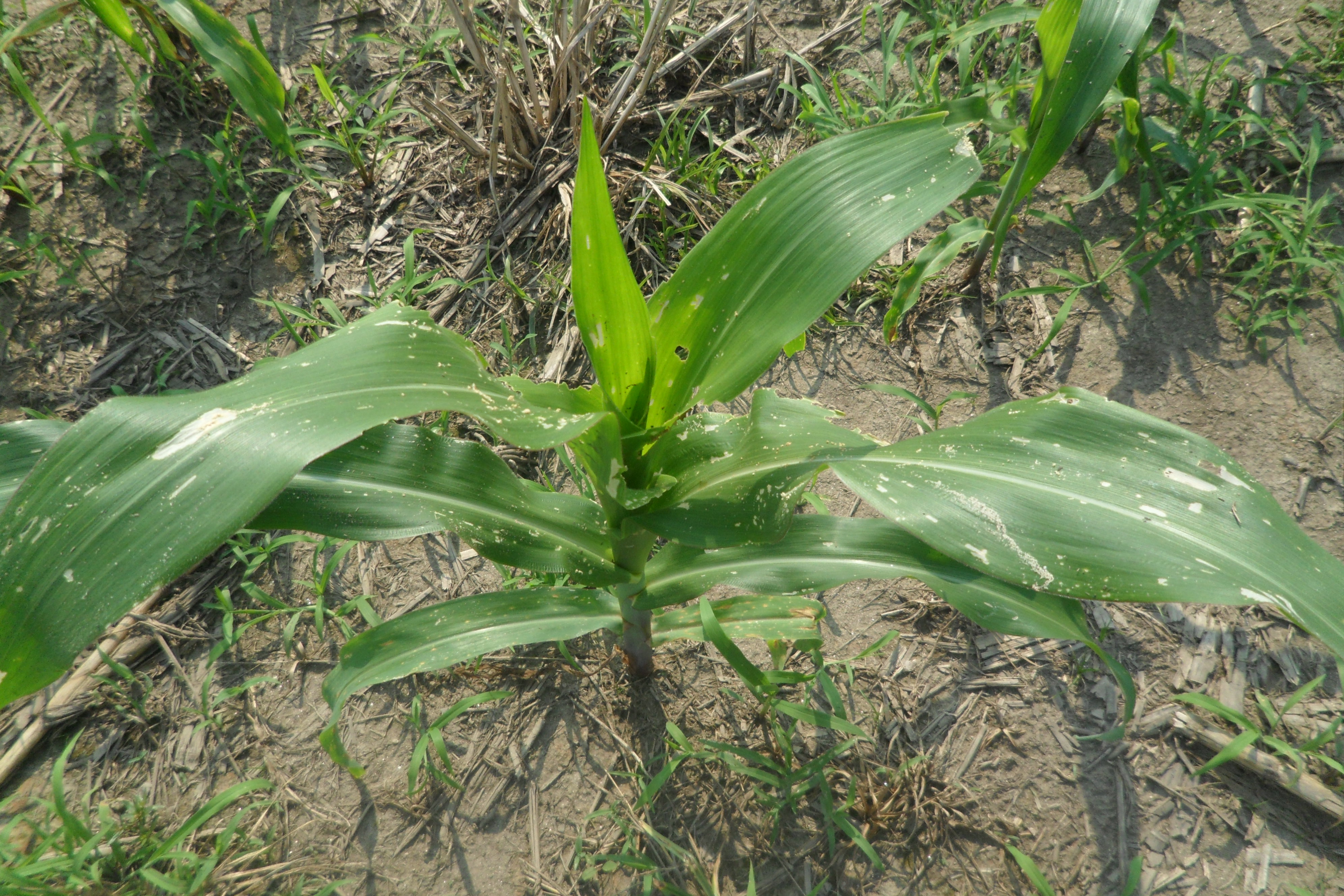Meristematic tissues the secret of plant growth
(Edited)
Meristematic tissues, also known as meristems, are responsible for the growth and development of plants, unlike animals, plants continue to grow throughout their life thanks to these specialized tissues, composed of undifferentiated cells with the ability to divide actively. Some researchers mention that, during the growth of a plant, its cells present many cell divisions, they grow and undergo differentiation and specialization (process by which cells change from one type of cell to another and acquire particular structures and functions). These differentiated cells generally lose the ability to divide cells or divide little, but for the plant to grow it is necessary the presence of cells that maintain the ability to divide actively.

The cells that do not differentiate and are endowed with high multiplication capacity are called meristematic cells and constitute tissues called meristematic, these tissues are mainly present in the buds and at the ends of the roots. All the mentioned refers to the tissues known as primary meristems, but there are also secondary meristems that originate by cell redifferentiation, this means that they come from already differentiated cells that have lost the ability of cell division.
In this same vein, Mazparrote and Delascio (1998), mention that the cells that make up meristematic tissues have certain distinctive characteristics among which are the shape since, they are generally small, isodiametric (with similar dimensions in all directions) and polyhedral in shape (they have several faces), the thin primary cell walls, which facilitates cell division, they lack a secondary wall, which is thicker and stiffer, in addition, they have a high capacity for division by mitosis, giving rise to new cells that will then differentiate into the various tissues of the plant.

The same authors also make it clear that meristems are classified mainly according to their origin and location on the plant as described below:
- Primary meristems: they originate in the embryo and are responsible for the growth in length of the plant (primary growth). They are found at the apices of the roots and stems:
1.Apical stem meristem (MAT): located at the end of the stem, it is responsible for growth in height and the formation of leaves and branches.
2.Apical meristem of the root (SEA): located at the end of the root, it allows the growth in length of the root and the formation of lateral roots. - Secondary or Lateral Meristems: they appear later in the development of the plant and are responsible for the growth in thickness (secondary growth), they are found on stems and roots of woody plants.
These meristematic tissues are important for plant life because they intervene in the continuous growth throughout their phonological stages unlike animals that have limited growth, they intervene in the formation of new organs such as leaves, flowers, branches and roots, they allow the regeneration of damaged or lost tissues, the growth directed by meristems allows plants to adapt to environmental conditions, such as the search for light or water.

In crops, a specific case regarding the importance of meristematic tissues are grasses, which have the ability to continue growing after they are cut by the animal, that is why it is important that there is no overgrazing by animals, because they may consume part of those tissues and in the medium and long term the yield of forage biomass will decrease or degrade, ducks present apical and intercalary meristematic tissues that help the growth of these plants.
Dear readers, meristematic tissues are fundamental for the growth, development and survival of plants, their ability of cell division and differentiation into various types of tissues allows plants to grow continuously, adapt to the environment and regenerate damaged tissues, understanding the function of meristems is crucial for agronomy and plant biology in general.
Thank you for reading our articles, until a next publication.
| Bibliographic references |
|---|
- Mazparrote, S. and Delascio, F. (1998). Botany. Biosphere Publishing House. Miranda, Venezuela.
- Fuentes, J. (1998).Agricultural botany. Mundi.press. Madrid, Spain.
Sources
- Photography and images: the cover image is in the public domain, information that can be verified in the link placed at the bottom of the image, the rest of the images and photographs are the property of the author.
- Agrotecnia banner: made by the author @amestyj with own images
- Hive Banner: Designed by the author @amestyj with image owned by hive.



0
0
0.000
Thanks for your contribution to the STEMsocial community. Feel free to join us on discord to get to know the rest of us!
Please consider delegating to the @stemsocial account (85% of the curation rewards are returned).
You may also include @stemsocial as a beneficiary of the rewards of this post to get a stronger support.